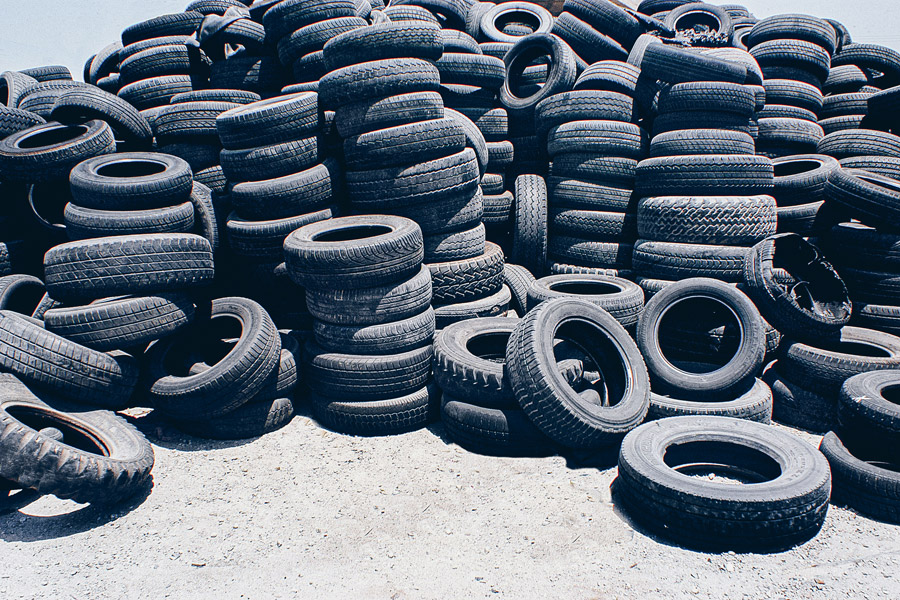Tyre manufacturers are working hard on the development of sustainable tyres, partly because of pressure from legislation. In this article, we explain what makes a sustainable tyre and what manufacturers are doing to produce them.
Sustainable tyres - of course the first question we must answer here is what sustainability actually is and how it can be applied to tyres. The definition of sustainability specifically includes the careful use of natural resources. So in the best case scenario, a sustainable tyre consists of renewable or recycled raw materials, is produced without excessive energy consumption and offers the longest possible service life without damaging its environment.
Tyres are separated out too early
Objectives that are also being pursued by politicians. The European Union is therefore exerting major influence on tyre development, including with the introduction of the EU tyre label 2012 and its update on 1 May 2021: Tyres are intended to help reduce CO2emissions, should be produced more quietly and above all more sustainably. New noise limits apply from 1 July 2024. And, as reported by the specialist newspaper Automobilwoche, other regulations are already in the pipeline, "which take a close look at the entire life cycle of the tyre".
A major problem: Too many tyres are still being separated out and replaced with new ones too early, and often well before reaching the legally prescribed minimum profile depth of 1.6 millimetres. This is often due to concerns about decreasing safety.
Dry conditions are not the issue here: Tyres that are worn down within reason actually offer more grip than new ones in dry conditions. The braking behaviour on dry roads improves as the service life increases, the braking distances become shorter. The rolling resistance is reduced and the resulting fuel requirements decrease. The greatest risk with decreasing profiles lies in the decreasing adhesion in wet conditions. "Even at tread depth of 4 mm, the adhesion of the tyre (…) decreases considerably in wet conditions," says the ADAC. Background: There comes a point when the tyres can no longer displace the water film. They lose contact with the road.
New main areas of development
"We do not support the approach of exchanging tyres for a brand-new product at a depth of 3 or 4 millimetres," said Michelin in 2018, and switched the focus to high running performance with equally high performance in wet conditions, even when the profile is worn.
Many manufacturers have followed suit and are working on tyres that last even longer and continue to function safely with a reduced tread depth. Mario Calvitti from Hankook, told Automobilwoche that the tyre manufacturer is working with new running strip mixtures, "which are particularly wear-resistant and consistent in terms of performance." The goal: The tyres must run for as long as possible before the wear limit of 1.6 millimetres is reached.
Tyres made of dandelion and PET bottles?
And tyre production will continue to change, drastically too. Goodyear, for example, presented a concept tyre at the beginning of the year, which is made from 70 percent sustainable materials. Continental aims to obtain the polyester required for tyre production from recycled PET bottles soon. Slightly further into the future, there are also plans to use natural rubber obtained from dandelions.
But when will a tyre really be 100 percent sustainable? Continental and Michelin have the answers. Both aim to be producing their tyres completely from organically produced or recycled materials by 2050. Continental aims for the tyre plants to be operating climate-neutral by 2040, while Michelin aims to make its plants Co2-neutral by 2050.

